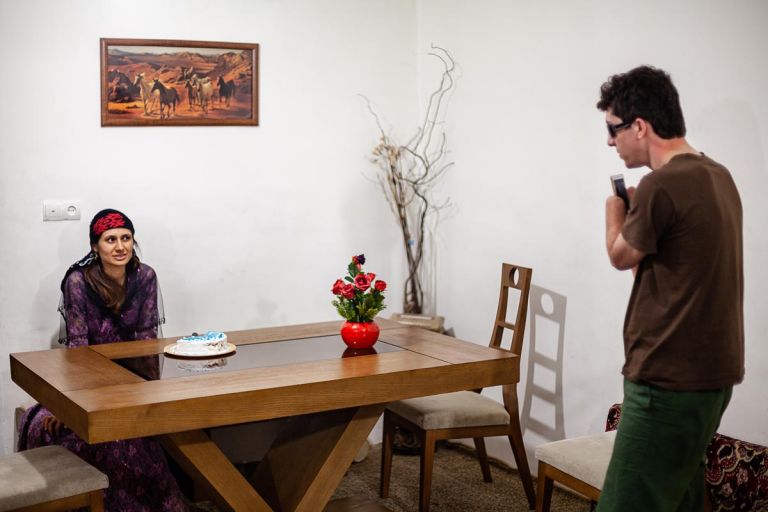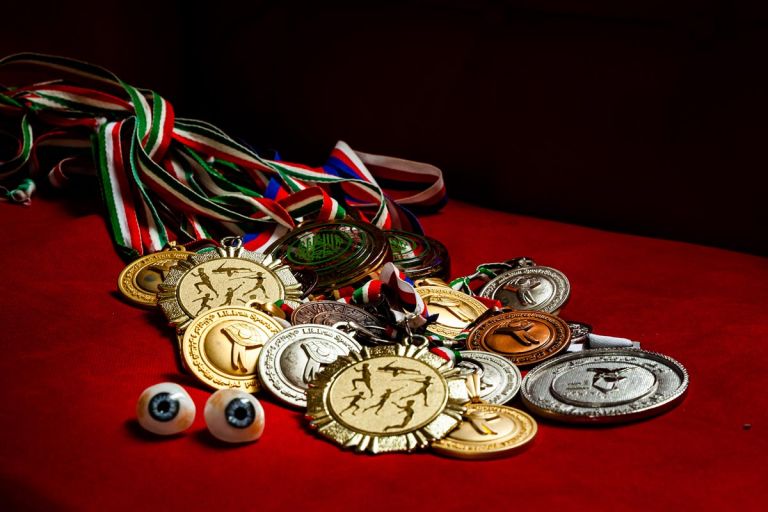
Sasan Moayyedi, Iran
Sasan Moayyedi (May 31, 1959) is an Iranian photojournalist. He has been working for 38 years. He began his career in his hometown of Tehran. Moayyedi was one of the first journalists to document Saddam Hussein’s chemical attack on the Kurdish city of Halabja in 1988, and he is responsible for some of the tragedy’s most iconic images. Sasan has published eight books of photography and his images have appeared in hundreds of exhibitions. Moayyedi is also producing a number of documentary films. Sasan has been photographing the Kurdish people for more than 10 years. Recently, he traveled to the Syrian city of Kobane to witness the devastation of the ethnically Kurdish area.
One day in September 2001, at a family picnic in the Iranian-Kurdish province of Marivan near the border with Iraq, Salah Saeedpour, then 15 years old, steps on a landmine, one of many leftovers, dangerous until today, from the Iraq-Iran war of 1980-1988. The boy loses both hands and both eyes. He becomes a physical cripple; in the figures that measure such things, he is now 70% handicapped.
But he does not give up. He trains his mutilated body, even without being able to see the world, until he wins medals for swimming. And he meets the love of his life, a young Kurdish woman, whom he marries in 2014: Sarveh Amini.
Four months after the wedding, Iranian photo journalist Sasan Moayyedi started to accompany the couple in their life, and continues to do so: The story of a private peace that has the power to win over war. A story, he says, that gives more meaning to the new life than to all the sad past. A story of jointly overcoming any restriction and obstacle. Salah obtains a university degree in law. Wins more medals. The couple immerses itself in books that Sarveh reads to her husband, visits book fairs, makes trips, does sports, celebrates, listens to music. Does what other couples do, except they do it by overcoming everything that other couples do not need to overcome. Maybe they do it more intimately, because their love also means that not everything is possible for both of them. Because here one hand cannot help the other. Because one has to see for both. And carries the scars of what she sees as long as she lives.
Love Story. The reason why photographer and documentary maker Moayyedi sees this story as a story of peace may be explained by the fact that he has seen some of the worst images of war with his own eyes: The effects of a poison gas attack by the troupes of Saddam Hussein on the Kurdish town of Halabja in 1988, which killed at least 3000, more likely 5000, people. Halabja, he says, still hurts “like a knife in your back”. He suffered a more acute pain, says Sasan Moayyedi, when he documented the situation of the Yezidis in Nineveh province in northern Iraq, when they were persecuted by ISIS terrorists. And that is why the story of making and winning peace between Salah and Sarveh is so important to him and so beautiful that he has decided to accompany them until the end of his time as a photo journalist. (Text by Peter-Matthias Gaede)

Sasan Moayyedi was not able to travel to Vienna for the award ceremony due to COVID restrictions. So his Alfred Fried Peace Medal and his certificate was delivered to his home in Teheran.



















